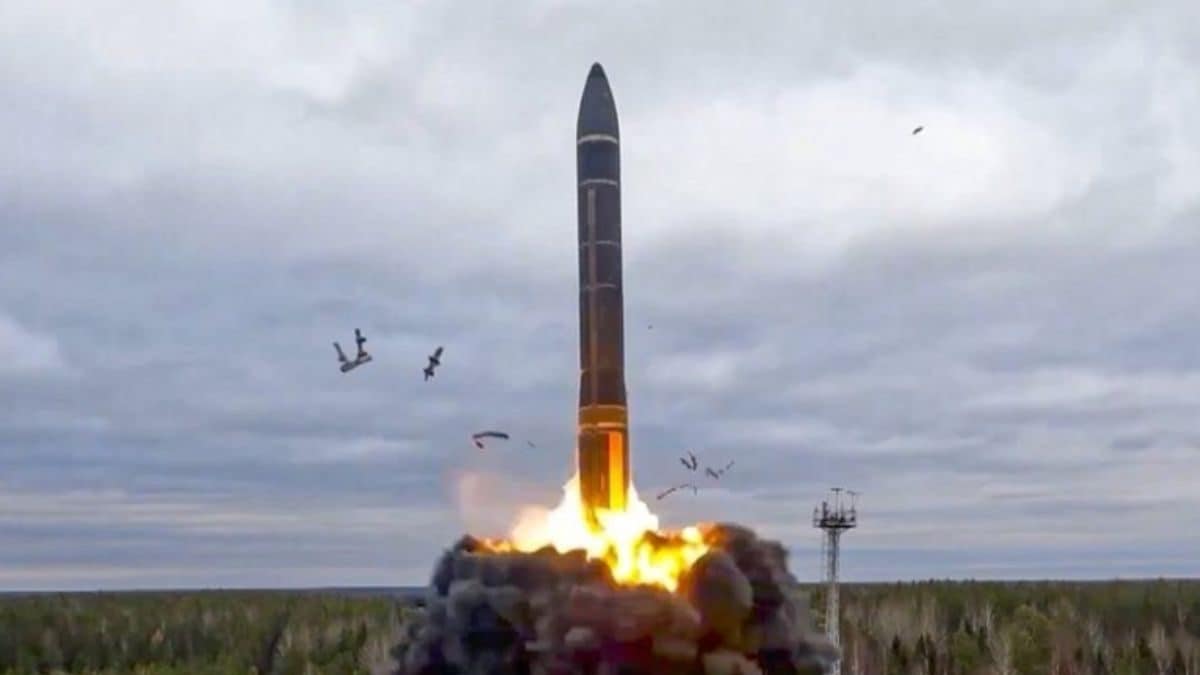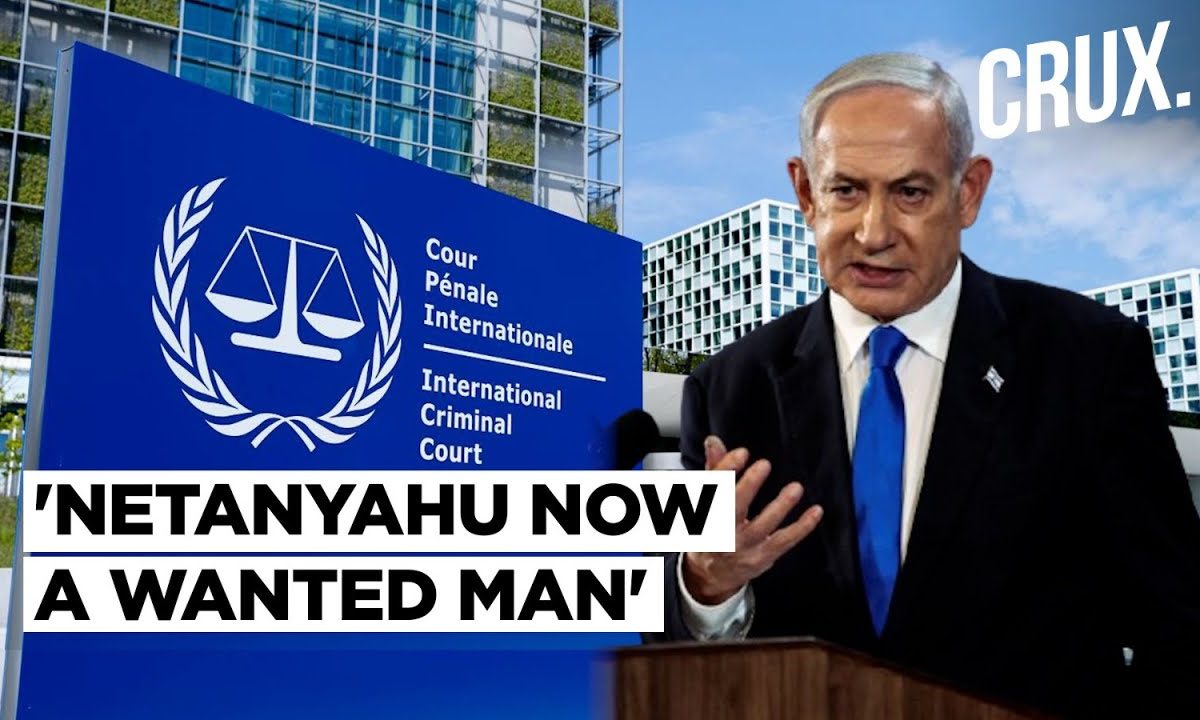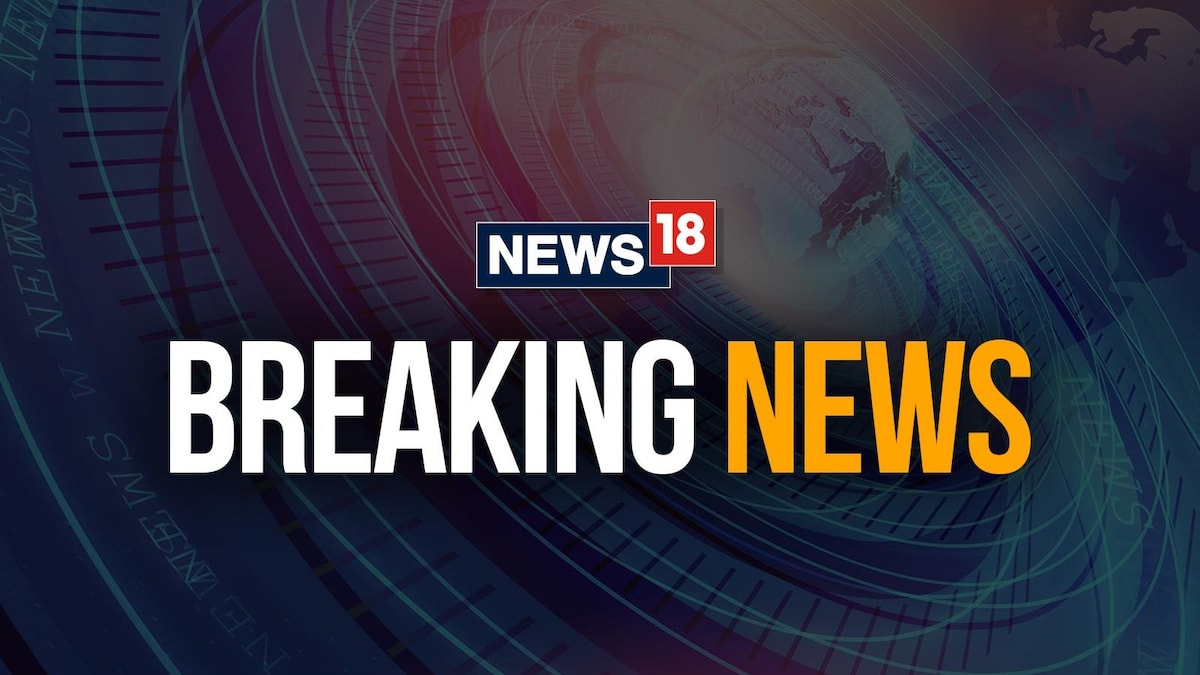Last Updated:November 22, 2024, 01:33 IST
The two-week conference concludes on Friday, yet developed nations are yet to divulge the amount they are willing to contribute to replace the $100 billion target

The latest UNFCCC Standing Committee on Finance (SCF) estimated that the developing countries will require at least $5-$6.8 trillion cumulatively until 2030 to achieve their stated ly Determined Contributions (NDCs), while the adaptation finance needs were estimated to be $215-387 billion per year until 2030. Image/UN Climate Change Conference
With just a few hours to go before the UN Climate Summit concludes in Baku, there is still no clarity on the amount of finance to be part of the final deal. The latest draft text released on Thursday only mentioned the amount as “X dollars", leaving the developing countries concerned.
The voluminous text on the New Collective Quantified Goal (NCQG) was reduced to 10 pages from the 25 presented last week. However, it failed to include crucial details on how much climate finance the developed countries are willing to contribute to replace the previous $100 billion target.
‘X dollars’ raises hackles among developing nations
“The draft text does not specify numerical figures for the proposed mobilisation goal or for the provision element, despite a common position from the G77 and China on a US$1.3 trillion annual mobilisation goal," said Kenya’s climate envoy ambassador Ali Mohamed on behalf of the African group, expressing his disappointment.
The latest UNFCCC Standing Committee on Finance (SCF) estimated that the developing countries will require at least $5-$6.8 trillion cumulatively until 2030 to achieve their stated ly Determined Contributions (NDCs), while the adaptation finance needs were estimated to be $215-387 billion per year until 2030.
Bangladesh delegate Syeda Rizwana Hasan, adviser at the environment ministry, said the draft text put a focus on minimal and grant-based allocations for loss and damage but lacked clear financial commitments. “It is crucial that financial allocations be clearly outlined, without references such as ‘X dollars’," she stated.
A key demand from the developing countries is that climate finance be provided mostly in the form of public finance, in the form of grants and concessional finance, without increasing any debt burden.
Reiterating India’s position on this, environment secretary Leena Nandan said the goal needs to be $1.3 trillion, with US$600 billion of this to come through grants and grant-equivalent resources. “NCQG is not an investment goal. Expanding the contributor base, focusing on private sector involvement to scale up investments—all are contrary to the mandate of the goal," she added.
No consensus in sight
In the evening, a group of 80 developing nations most vulnerable to climate change, comprising the African group, as well as the Latin America and Caribbean, urged developed nations to show greater “political will".
In its proposal to resolve the discussions, the coalition suggested “innovative strategies" to close the finance gap, including fiscal measures by developed countries, such as redirecting fossil fuel subsidies to raise new public resources and reorienting current existing public spending to meet the $1 trillion goal needed. “We request to work together with the developed countries to prepare a roadmap to make it possible," the statement read.
The two-week conference entered its last day, yet the developed nations refused to divulge a finance figure they are willing to negotiate on. Speaking at the plenary, the EU representative said, “The EU will continue to lead, and do more, but the sheer size is such that it can only be met if all parties with the capacity to do so will actually join. Everyone who can should contribute."
Another draft soon
From calling it the “weakest text on mitigation" to one that failed to reflect the urgency of the climate change disaster, the draft text got a thumbs down from the developing nations, which are in most need of a strong deal at COP29.
The climate policy experts said the draft text presented two different packages for the finance deal, reflecting the perspectives of developing and developed countries, which were poles apart. “We need to see a bridging proposal that will bring countries together because the time is running short. Developing countries are concerned about the missing figure in the texts, and developed nations need to come with it," said David Waskow, director of WRI’s Climate Initiative.
Location : First Published:November 22, 2024, 01:33 IST
News world 'Where Is The Money?' No Clarity On Climate Finance As COP29 Talks Enter Last Day

 5 hours ago
5 hours ago













